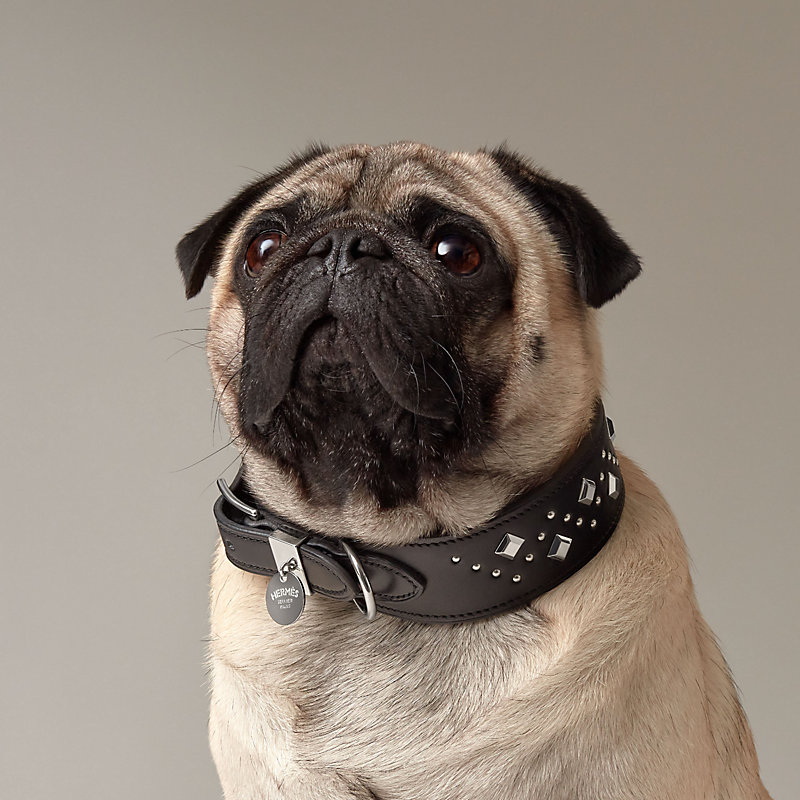In the case of our four-legged companions proper collar for your dog is an essential accessory. Dog collars serve multiple purposes that include identification, safety, and style. There are a myriad of options on the market that it’s hard to choose the best collar for your dog.
The Versatility of Dog Collars
Dog collars are used for a reason more than just being an attractive accessory. They are vital to the health of your dog. Let’s look at the different aspects of dog collars and how they can help your dog.

Identification and safety The collar of your dog serves as an important device for identifying your pet. A collar is usually equipped with an ID tag which includes your contact information. This will make it easier to locate your dog should they become lost. The most effective dog collars come with a strong D-ring to attach the tag, ensuring it doesn’t fall off when you play or walk.
Training and control Collars for dogs can play an important role in training and controlling your pet. For instance, a typical collar is a great way to tie a leash, giving you control on walks and outdoor activities. If you have a large or hyper pet, a correctly-fitted collar can help keep your dog in check and prevents your dog from pulling excessively.
Personalization and style. Safety and practicality are vital, but design and individualization also play a role. Dog collars are available in a myriad of material, colors, and styles. They let you reflect your pet’s personality and personal tastes. A collar personalized with your pet’s name, or with a design that you have created adds something special.
Dog Collars Types
With the plethora of dog collars available, it’s crucial to understand the different kinds and their distinct functions.
Standard Flat Collar: The most common type of dog collar is the standard flat collar. They can be worn throughout the day as they are simple to adjust and simple. Ideal for holding ID tags or for attaching leashes to walks.
Martingale Collar: Martingale collars are made for dogs who tend to get caught in traditional collars. They are tightened when a dog pulls on the leash, preventing escape without risking choking. They’re an excellent option for dogs with narrow heads like Greyhounds.
Prong Collar: Prong collars, also known as pinch collars, are controversial however they can be beneficial in certain situations of training. Prongs made of metal give pressure to the dog when it pulls. This can deter pulling behaviour.
Head Collars Head collars like the Halti and Gentle Leader permit you to control your dog’s head. This allows for easier movement guidance. These collars are perfect for dogs who are extremely excited or strong pullers.
Harness: Although they aren’t technically a collar nor a leash, harnesses must be considered. They can be more accomodating for dogs with respiratory issues, as they distribute the pressure evenly. The harness is a great option for dogs with breathing problems or small breeds.
The Most Dog Collar
Picking the ideal dog collar for your pet is based on their size, the way they behave, and your particular requirements. Be aware of these things when picking your collar
The collar should fit comfortably, but it shouldn’t overly tight. It should be possible to put two fingers in between the collar and the neck of your dog. Be sure that it’s not too loose, as your dog could fall out.
Materials: Collars come in a variety of materials including nylon, leather chains, and nylon. Be mindful of the comfort and ease of your pet and your own preferences. Leather collars can be stylish and long-lasting, however nylon collars are typically light and easy to clean.
Safety Features: To ensure your dog’s safety you can choose collars with reflective strips. These make your dog more visible in nighttime walks. There are also breakaway collars available that can be released when your dog gets caught in a tangle to prevent choking.
When you are choosing a collar be aware of your dog’s behavior. If your dog pulls on the leash, then the martingale or no-pull collar may be appropriate. For calm and well-behaved dogs the standard collar may be sufficient.
Personalization and style An accessory that is both stylish and personalized can show your dog’s individuality. Collars with personalised designs or distinctive patterns can provide your dog a distinctive style.
The article’s conclusion is:
Dog collars are vital tools to keep your pet secure, well-trained, and fashionable. Consider factors such as the size, materials and safety characteristics when selecting the best dog collar for your pet. The correct collar can keep your pet safe while looking great, whether you are taking a stroll in the park, or just relaxing at home.